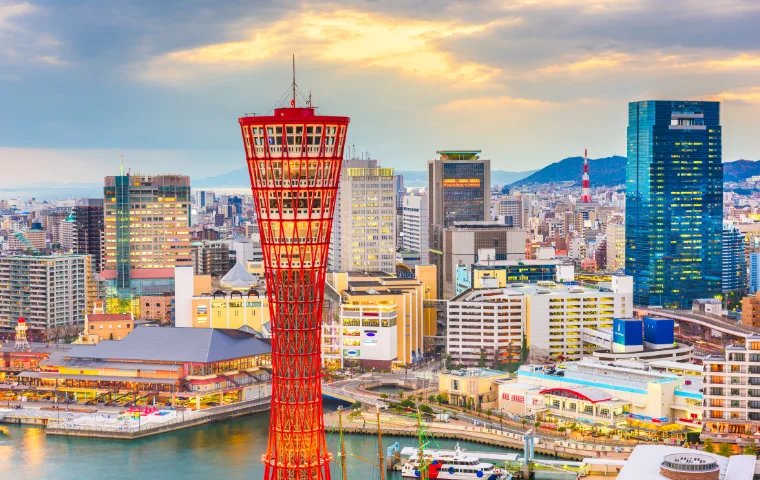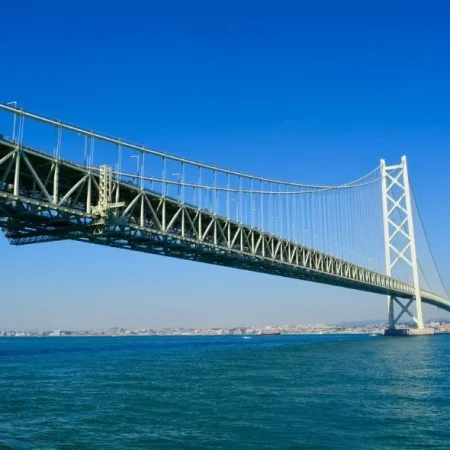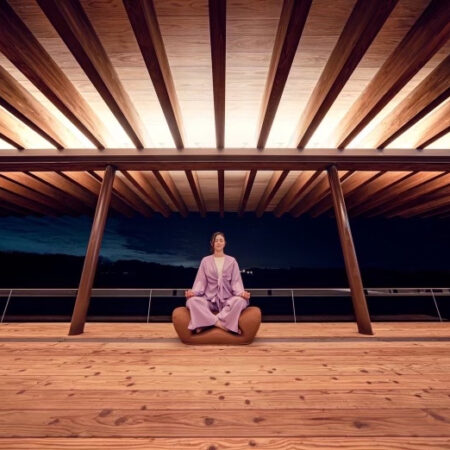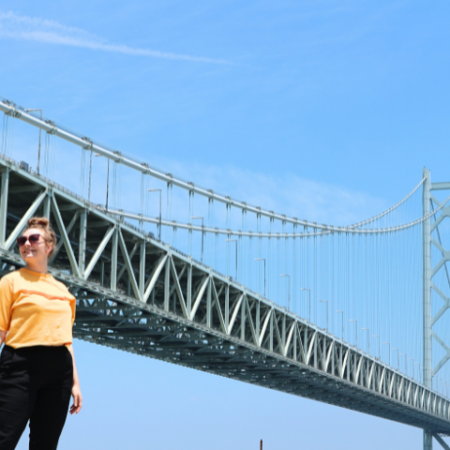Join us as we go on an extraordinary journey through Japan’s best places to go in 2024, guided by recommendations from the prestigious global media organizations, the New York Times and Condé Nast. Our itinerary will delve into the rich historical and architectural heritage of Yamaguchi, Kobe, and Awaji Island, offering an unforgettable experience for you.
Table of Contents
Japan’s Best Places to Go in 2024
The prestigious New York Times has unveiled its much-anticipated list of 52 Places to Go in 2024. Meanwhile, Condé Nast, the esteemed organization of global travel trends, has also released its highly anticipated list of the 24 best places to visit in 2024. Among the chosen destinations are two cities in Japan: Yamaguchi in Yamaguchi Prefecture and Kobe in Hyogo Prefecture. Conde Nast and the New York Times have highlighted the locations’ architectural charms and historical significance.
Awaji Island, located very close to Kobe, is also renowned for its rich history and captivating architecture. With expectations of a significant increase in tourism in 2024, this additional stop will enhance and complement perfectly the remarkable charms of the New York Times and Condé Nast recommendations.
Day 1: Yamaguchi’s Historical Charm
Yamaguchi City is Accessible via the Shinkansen
Perhaps you think Yamaguchi, at the western tip of Honshu Island, is far away from everywhere, but actually, that isn’t true. Using the shinkansen, you can reach the city (Shin-Yamaguchi) directly from Tokyo or Osaka (Shin-Osaka). The shinkansen from Tokyo takes 5 hours and 20 minutes, so it is recommended to arrive the day before to ensure you have one full day in Yamaguchi.
Rurikoji Temple
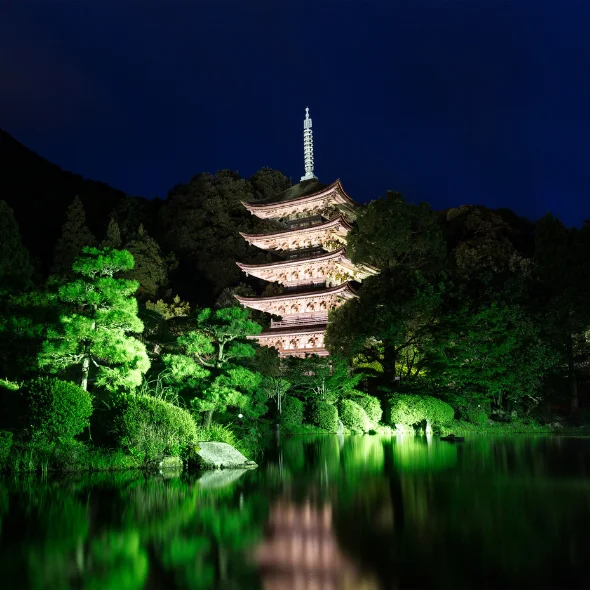
Rurikoji Temple, highlighted by The New York Times as a must-visit destination, stands as a popular Buddhist temple boasting a remarkable five-story pagoda of immense historical and cultural significance. Located within a quiet complex, Rurikoji Temple encompasses various structures such as the main hall, gate, and the iconic pagoda, all set amidst tranquil gardens. The towering five-story pagoda, soaring to over 31 meters high, is revered as one of Japan’s national treasures, and celebrated for its graceful architectural design and profound symbolism.
The areas surrounding Rurikoji Temple offer unique experiences for you to enjoy, including pottery kiln workshops, eating delicious one-pot dishes, exploring elegant coffee shops, and much more. Additionally, you are also encouraged to seek out other nearby temples such as Toshi-ryu Temple, Myokiji, Jyoei-ji, and Imahachimangu. Taking a leisurely stroll through these historic sites provides an authentic Japanese experience that is unique to Yamaguchi.
Yuda Onsen
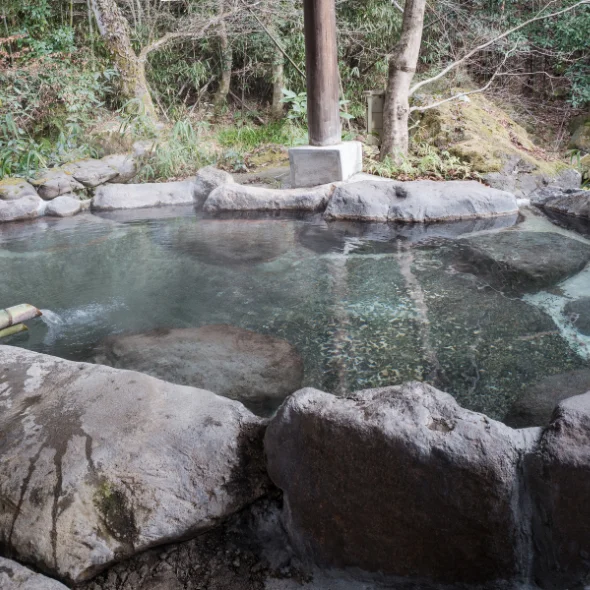
Just a 15-minute walk from Rurikoji Temple, Yuda Onsen is a hot spring resort also highlighted by the New York Times. Known for its therapeutic waters with a history spanning over 600 years, you can relax in mineral-rich hot spring baths believed to offer significant health benefits. In addition to the baths, the area offers cultural experiences, nature walks, and delicious local cuisine, making it an ideal destination for relaxation and rejuvenation amidst scenic surroundings.
Day 2: The Elegance and Modernity of Kobe
Kobe is the next destination, and it is conveniently just a 2-hour journey from Yamaguchi. You can easily visit Kobe on the same day after exploring Yamaguchi. Highlighted by Condé Nast as one of the must-visit places in 2024, Kobe is renowned for its elegance and modernity, particularly its architectural wonders.
Meriken Park

Meriken Park, known for its stunning views of Kobe Port and its iconic landmarks, holds historical significance as a former foreign settlement area now transformed into a modern destination for both locals and tourists. Key attractions within the park include the Kobe Port Tower and the Kobe Maritime Museum, which vividly illustrate the city’s maritime history.
The Kobe Port Tower, an emblematic landmark of Kobe, symbolizes both its maritime heritage and modernity. Set to reopen with upgraded facilities this year, including a refurbished observation deck and interactive exhibits, the tower affords visitors a panoramic view of Kobe’s vibrant harbor and the majestic Rokko Mountain in the distance.
Vague Kobe
At the forefront of Kobe’s design scene is Vague Kobe, a newly established creative hub recommended by Condé Nast, designed by Teruhiro Yanagihara Studio (TYS). Vague Kobe spans multiple levels and features a gallery, bookstore, café, wine bar, flower shop, and design studio. The building’s interiors seamlessly blend traditional Japanese plasterwork with minimalist aesthetics, boasting large windows, stone floors, and intricate tilework.
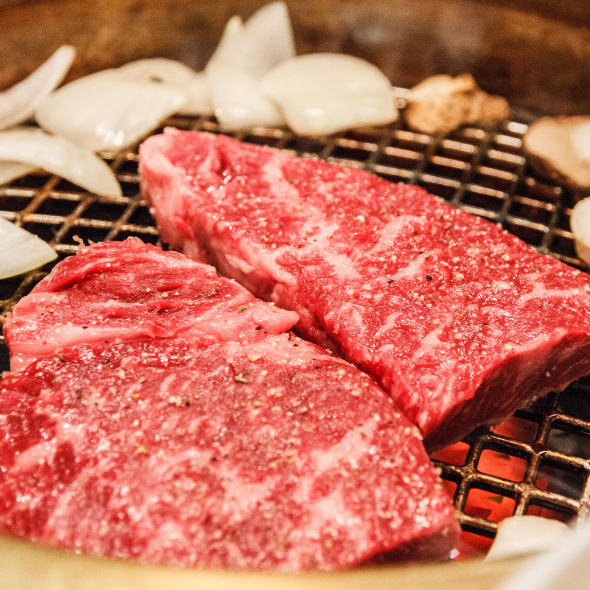
To close your visit, be sure not to miss the chance to savor Kobe’s culinary masterpiece, Kobe beef. Renowned for its exceptional marbling and unmatched tenderness, Kobe beef epitomizes the pinnacle of the city’s culinary excellence.
Day 3: Awaji Island’s Historical Significance and Design Excellence

After a full day in Kobe, make your way to Awaji Island. If you arrive in the evening, consider staying at the island’s renowned accommodation, Grand Chariot, widely known for its distinctive concept and design. Traveling from the Kobe area to Awaji Island is convenient, taking only about an 40 minutes by car or one hour by bus. We highly recommend renting a car for convenient access to explore the various destinations on Awaji Island.
Awaji Island is the perfect last destination for your day trip, also popular for its architecture and historical significance.
Zenbo Seinei
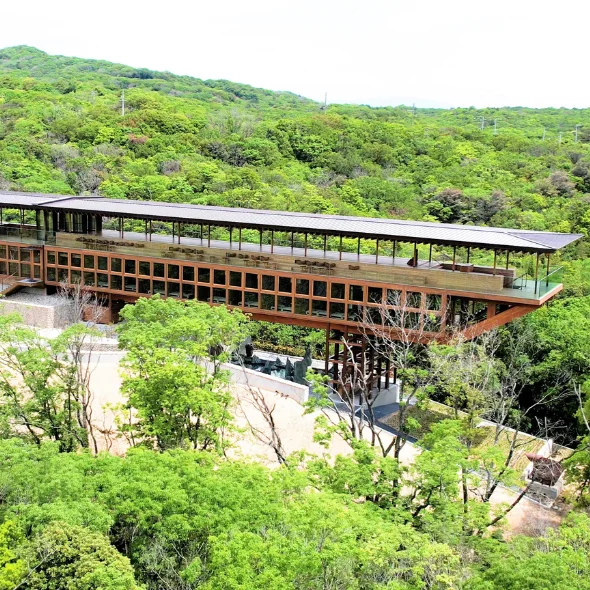
Zenbo Seinei, designed by the famous architect Shigeru Ban, is a Zen retreat located amidst the breathtaking natural surroundings of Awaji Island. Its iconic design, crafted with eco-consciousness using locally-sourced cedarwood, exudes tranquility and a harmony with nature. With a resplendent 100-meter deck offering breathtaking views, Zenbo Seinei provides an ideal location for you to find peace by participating in relaxing yoga and meditation sessions.
We highly recommend joining the half-day program, offering meditation sessions, Zen calligraphy sessions, tea-making sessions, and the opportunity to try the unique Zenbo Cuisine.
| Name | Zenbo Seinei |
|---|---|
| Address | 2594-5 Aza-Banaka, Kusumoto, Awaji City, Hyogo Pref. 656-2301 |
| Tel | 0799-70-9087 |
| Website | https://www.zenbo-seinei.com/en/ |
| Program Reservations | https://zenbo-seinei.urkt.in/direct/offices/587/courses |
| Hotel Reservation | https://rsv.temanasi.jp/29/room/search |
| Operation Hours | Mon: 9:00 am~5:00 pm / Tues~Sun: 11:00 am~6:30 pm Closed: Varies depending on a month. Please inquire. |
Click here for details of ZEN Wellness SEINEI
Yumebutai
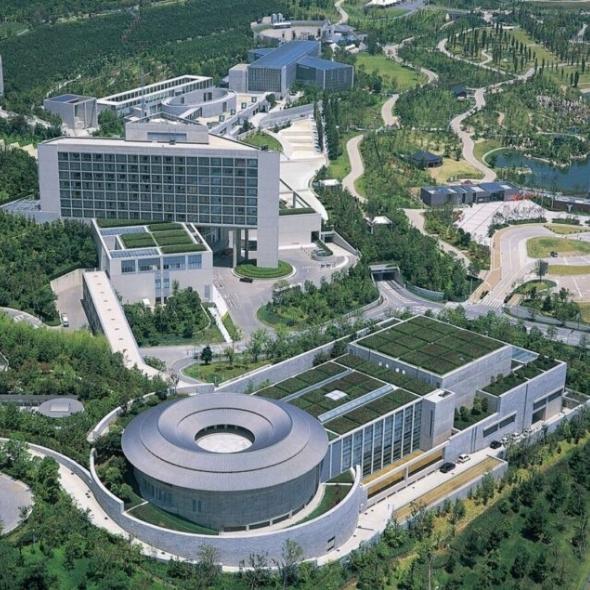
For those inclined toward awe-inspiring minimalist architectural designs, Yumebutai is the perfect destination. This unique complex, completed in 2000, comprises a hotel, conference center, and meticulously landscaped gardens.
Tadao Ando’s masterful integration of architecture with Awaji’s natural beauty is awe-inspiring. The concrete structure exemplifies Ando’s ability to create spaces that are both functional and inspiring. Among Yumebutai’s standout features is the Hyakudan-en, a series of 100-stepped terraces cascading down the hillside. Each terrace is adorned with a diverse array of plants and flowers, culminating in a breathtaking landscape.
Izanagi Shrine
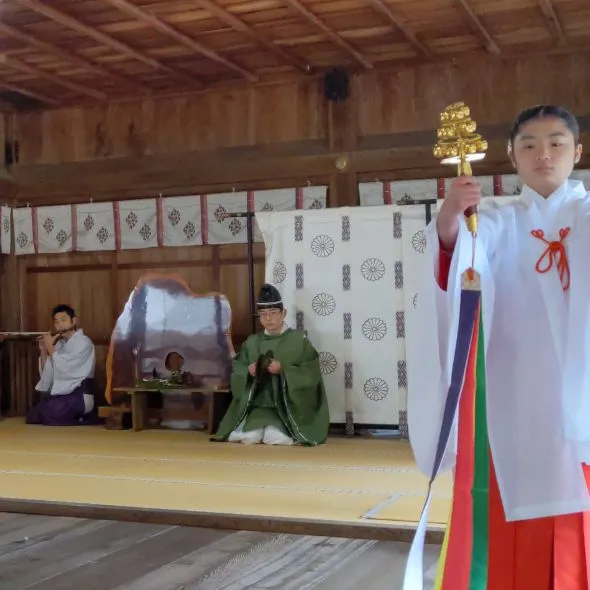
Further south you’ll find Izanagi Shrine, an essential destination for those interested in Japanese culture and history. Izanagi holds profound spiritual significance in Japanese mythology and Shinto beliefs, standing as one of the nation’s most sacred sites. Rooted in the creation myth, this revered shrine marks the place where Izanagi no Mikoto, the deity, completed his divine duties and lived out the rest of his days.
Serving as a testament to Japan’s ancient heritage and spiritual reverence, Izanagi-jingu Shrine encapsulates centuries of tradition and respect for the divine. We highly recommend exploring the shrine grounds and considering participation in the ceremonies conducted by the shrine priests.
We have only covered three destinations during your trip due to time constraints. However, Awaji Island boasts numerous other locations of historical significance, given its distinction as the first island of Japan. If you are keen to learn more about the island’s rich heritage, we encourage you to explore further by reading this article.
Additionally, read this article if you want to know more about other remarkably designed buildings on Awaji Island.
Closing
With the recent surge in tourism to Japan, several destinations are gaining prominence, such as Yamaguchi and Kobe, spotlighted by the New York Times and Condé Nast. Additionally, we highly recommend Awaji Island as an additional captivating destination to round out a stunning 3-day adventure in Japan.



